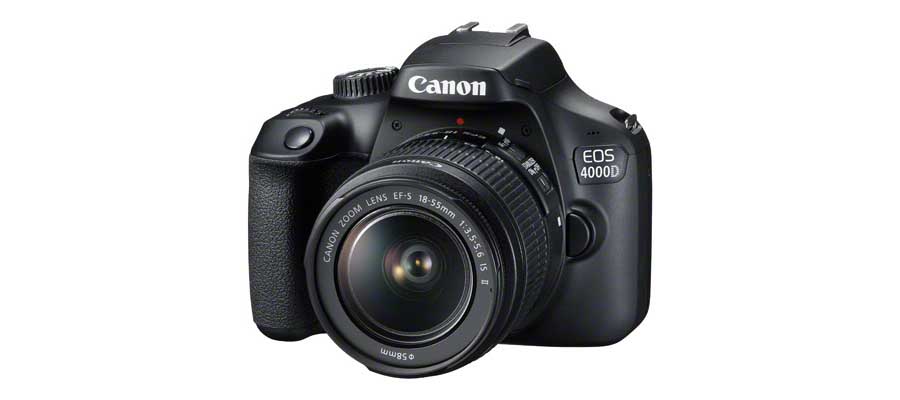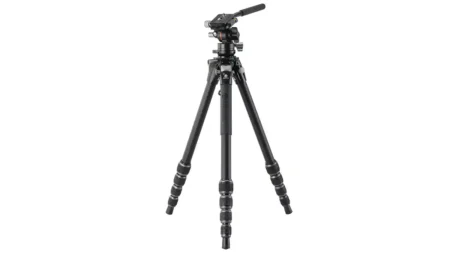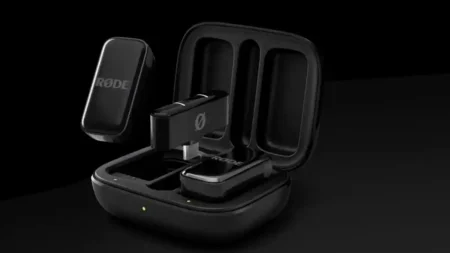Canon has announced a new bottom-of-the-range, entry-level DSLR aimed at smartphone users, introducing the Canon EOS 4000D / Rebel T100, price tag £329.99/€379.99 with a March release date.
With its announcement, the Canon EOS 4000D / Rebel T10 now becomes the company’s most affordable DSLR, and with that price tag it’s not surprising that it’s also Canon’s most basic DSLR. That said, it does have a number of features that should appeal to beginners and those looking to graduate from their smartphones.
Inside the Canon EOS 4000D / Rebel T10 is the same 18-megapixel APS-C-format sensor and DIGIC 4+ processing engine as found in the EOS 1300D/ Rebel T6 it replaces, which Canon says it re-used in order to keep the cost down.
In a further cost-saving bid, Canon says it also constructed the lens mount from plastic rather than metal.
- Canon EOS M50 Hands-on Review
- Canon EOS 2000D / EOS Rebel T7 Hands-on Review
- Canon EOS 4000D / EOS Rebel T100 Hands-on Review
- Canon Speedlite 470EX-AI Hands-on Review
Like its sibling above it in the Canon EOS lineup, the Canon EOS 4000D / Rebel T10 shares with the 2000D / T7 a 9-point phase detection AF system and a native sensitivity range from ISO 100 to 6400 (expandable to 12,800).
The Canon EOS 4000D / Rebel T10 can also record video at Full HD resolution (1920 x 1080) at 30, 25 or 24fps for up to 29 minutes and 59 seconds.
The Canon EOS 4000D / Rebel T10 also offers an in-camera feature guide to understand key exposure settings; however, the Guided Mode found in a number of Canon’s other cameras – including the EOS M50 announced today – is not available.
Other features include a 6.8cm fixed LCD screen, built-in WiFi connectivity and a battery life of up to 500 still images or one hour and 15 minutes video recording.
Canon EOS 4000D / Rebel T10 Key Specs
- 18MP APS-C CMOS image sensor
- DIGIC4+ processor
- ISO range from 100-6,400 (expandable to 12,800)
- Full HD 1080p video up to 30fps and Video Snapshot mode
- 3fps continuous shooting
- 9-point autofocus
- 2.7” (7.5 cm) 920k-dot TFT LCD monitor with inbuilt Feature Guide
- Scene Intelligent Auto mode
- Creative filters
- Wi-Fi
Canon EOS 4000D / Rebel T10 Price & Release Date
The Canon EOS 4000D / Rebel T10 price tag will be £329.99/€379.99 for the body only, with the EOS 4000D / Rebel T10 price rising to £369.99/€429.99 for the camera body plus the EF-S 18-55mm IS lens.



